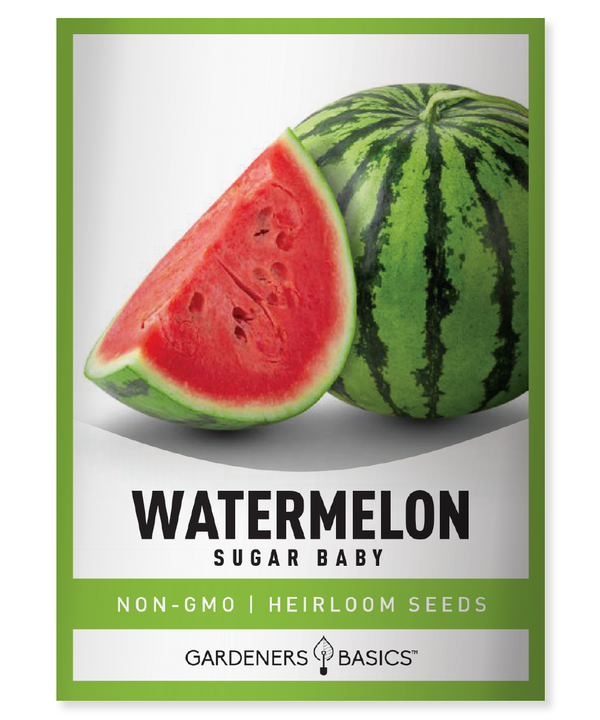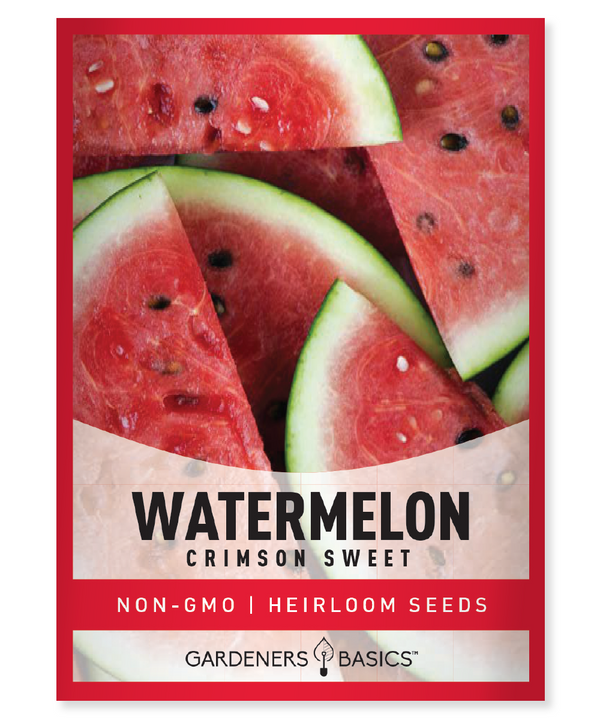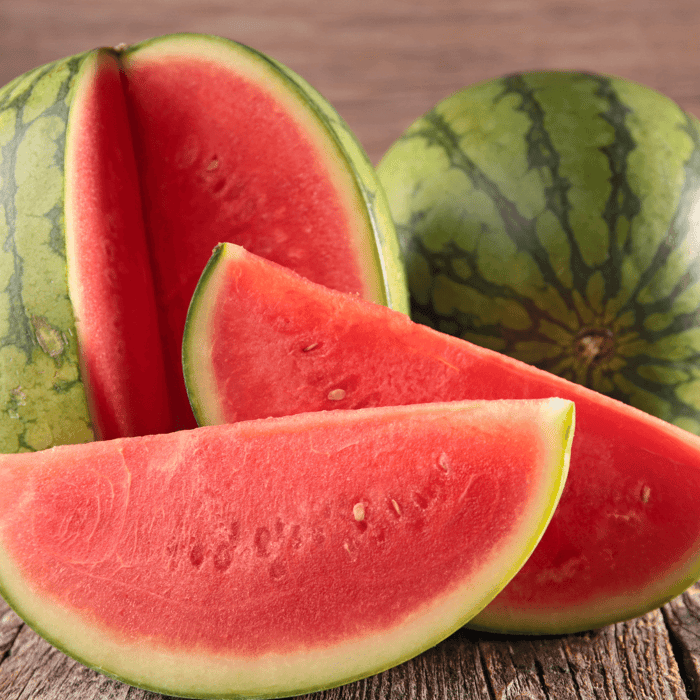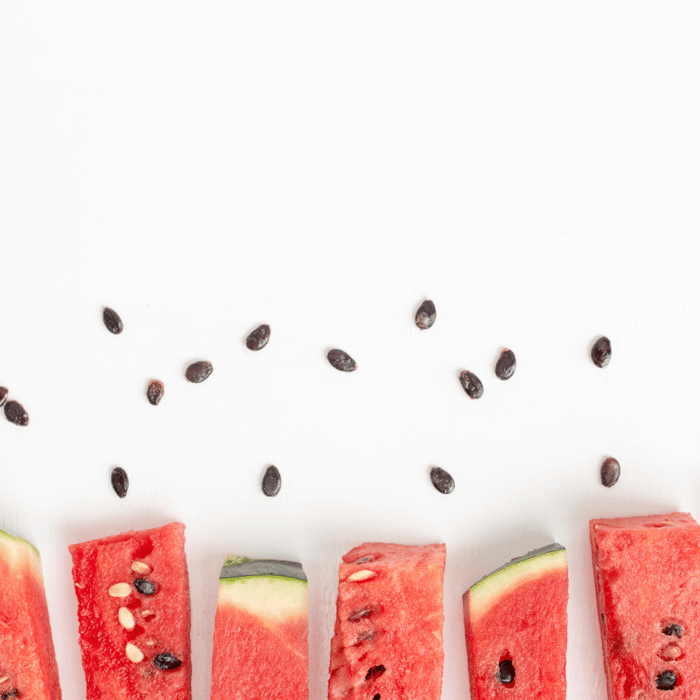Growing melons can be a challenge, especially if you have limited space in your garden. Fortunately, you can still enjoy a bountiful harvest by growing melons vertically. This technique is not only space-saving but also helps prevent pests and diseases. In this article, we will show you how to grow melons vertically, step by step.
Choose the Right Melon Seeds
Before you start planting, you need to choose the right melon seeds. Look for heirloom seeds that are adapted to your growing zone and climate. Heirloom seeds are known for their superior flavor and hardiness, making them an excellent choice for home gardeners.
Germinate Your Melon Seeds
Once you have selected your melon seeds, it's time to germinate them. You can either start them indoors or sow them directly into the ground. To start them indoors, follow these steps:
- Soak the seeds in water for 24 hours before planting.
- Fill a seed tray or pots with the seed starting mix.
- Plant the seeds 1 inch deep and cover them with soil.
- Keep the soil moist and warm until the seeds sprout.
Assorted Melon Seeds | 5 Variety Pack

$9.95
Grow Fresh Summer Melons with Our 5-Pack Heirloom Melon Seeds Assortment Are you looking to add some variety to your home garden? Our melon fruit seeds 5 variety pack includes a mix of delicious and nutritious melon seeds that are… read more
If you prefer to sow the seeds directly into the ground, wait until the soil has warmed up to at least 70°F.
Plant Your Melons
Once your seeds have germinated, it's time to plant them. Follow these steps:
- Choose a sunny location that receives at least 6-8 hours of direct sunlight a day.
- Prepare the soil by adding compost and other organic matter to improve drainage and fertility.
- Plant the seedlings or seeds 2-3 feet apart.
- Water the plants deeply but avoid getting water on the leaves as this can promote diseases.
- Mulch around the plants to conserve moisture and suppress weeds.
Provide Extra Support for Your Vines
As your vines grow, they will need extra support to prevent them from breaking under the weight of the melons. Here are some tips for providing support:
- Install a trellis or stake system to support the vines. You can use bamboo stakes, wooden posts, or metal trellises.
- Tie the vines to the support system using soft ties such as twine or old pantyhose.
- Train the vines to grow vertically by gently guiding them upward as they grow.
Sugar Baby Watermelon Seeds

$2.49
Heirloom Sugar Baby Watermelon Seeds – Sweet, Compact, Non-GMO – Perfect for Small Gardens Get ready to grow your own delicious, sweet, and juicy watermelons with our Sugar Baby Watermelon seeds! These seeds are non-GMO, non-hybrid, and open-pollinated, perfect for gardeners… read more
Use Melon Nets
Melon nets can help support the weight of the growing melons and prevent them from touching the ground. Here's how to use melon nets:
- Choose a netting material that is strong and durable, such as nylon or polypropylene.
- Cut the netting into pieces that are large enough to cover each melon.
- Tie the netting to the support system using soft ties.
- Place the melons inside the netting as they start to grow.
Water and Fertilize Your Melons
Melons need consistent moisture to grow properly, but they don't like to be overwatered. Here are some tips for watering and fertilizing your melons:
- Water deeply once a week, or more often if the weather is hot and dry.
- Avoid getting water on the leaves as this can promote diseases.
- Apply a balanced fertilizer every three to four weeks, or as needed.
Harvest Your Melons
Harvesting melons at the right time is crucial for optimal flavor and texture. Here are some tips for harvesting your melons:
- Look for signs of ripeness, such as a golden color, a sweet aroma, and a slightly soft texture.
- Gently twist the melon off the vine, or cut it off with a sharp knife.
- Store the melons in a cool, dry place for up to two weeks.
Troubleshooting Common Issues
Even with proper care and attention, melons can still be susceptible to certain issues. Here are some common problems and how to address them:
- Poor pollination: Melons require pollination to produce fruit, but if there are no bees or other pollinators in your area, you may need to hand-pollinate the flowers. To do this, use a small paintbrush or cotton swab to transfer pollen from the male flowers to the female flowers.
- Pests: Melons can attract pests such as aphids, cucumber beetles, and squash bugs. To control these pests, you can use natural methods such as neem oil or insecticidal soap.
- Diseases: Melons can be affected by diseases such as powdery mildew, which appears as a white powdery coating on the leaves. To prevent this, avoid watering the leaves and provide good air circulation around the plants.
Crimson Sweet Watermelon Seeds

$2.49
Crimson Sweet Watermelon Seeds - Heirloom, Non-GMO, Non-Hybrid, Open-Pollinated Grow your own juicy, sweet, and vibrant Crimson Sweet Watermelons with our premium heirloom seeds! Perfect for home gardens, these non-GMO, non-hybrid, and open-pollinated seeds produce large, oval watermelons with a… read more
Benefits of Growing Melons Vertically
Growing melons vertically has several benefits, including:
- Space-saving: Melons can take up a lot of space when grown on the ground, but by growing them vertically, you can maximize your garden space.
- Better airflow: When melons are grown vertically, there is better airflow around the plants, which can help prevent diseases.
- Cleaner fruit: Melons that are grown on the ground can be susceptible to soil-borne diseases and pests, but by growing them vertically, you can keep the fruit cleaner and healthier.
Conclusion
Growing melons vertically is a great way to enjoy a bountiful harvest, even if you have limited space. By following these steps, you can successfully grow melons vertically and enjoy the delicious fruits of your labor. Remember to choose the right seeds, provide adequate support for the vines, and water and fertilize the plants properly. With a little bit of care and attention, you can enjoy a sweet and juicy harvest of melons. Now that you know how to grow melons vertically, will you give it a try? It's a great way to fit more into a garden area when you can grow up instead of wide.
FAQ
1. What types of melons can be grown vertically?
Almost any type of melon can be grown vertically, including watermelon, cantaloupe, honeydew, and more.
2. How much support do melon vines need?
Melon vines can grow quite long and heavy, so they need adequate support to prevent them from breaking under the weight of the fruit. A trellis or stake system can provide the necessary support.
3. Do I need to use melon nets?
While melon nets are not necessary, they can help support the weight of the growing fruit and prevent it from touching the ground. This can help keep the fruit cleaner and healthier.
4. How often should I water my melon plants?
Melon plants need consistent moisture to grow properly, but they don't like to be overwatered. Water deeply once a week, or more often if the weather is hot and dry.
5. When is the best time to harvest my melons?
Melons should be harvested when they are ripe, which is typically indicated by a golden color, a sweet aroma, and a slightly soft texture. Gently twist the melon off the vine, or cut it off with a sharp knife.
6. How do I prevent pests and diseases in my melon plants?
To prevent pests and diseases, make sure to provide good air circulation around the plants, avoid watering the leaves, and use natural methods such as neem oil or insecticidal soap to control pests.
7. Can I grow melons vertically in containers?
Yes, you can grow melons vertically in containers as long as the container is large enough to accommodate the plant and has adequate drainage. Choose a dwarf or bush variety of melon for best results.
8. Do melon plants need extra fertilization when grown vertically?
Melon plants may need additional fertilization when grown vertically, as the fruit is heavier and requires more nutrients to develop properly. Apply a balanced fertilizer every three to four weeks, or as needed.
9. How many melons can I expect to harvest from one plant?
The number of melons you can harvest from one plant will vary depending on the type of melon and growing conditions. On average, you can expect to harvest 2-4 melons per plant.
10. Is growing melons vertically more difficult than growing them on the ground?
Growing melons vertically may require a bit more attention and care than growing them on the ground, but it can be a space-saving and rewarding way to grow this delicious fruit. With proper support, watering, and fertilization, you can successfully grow melons vertically.







